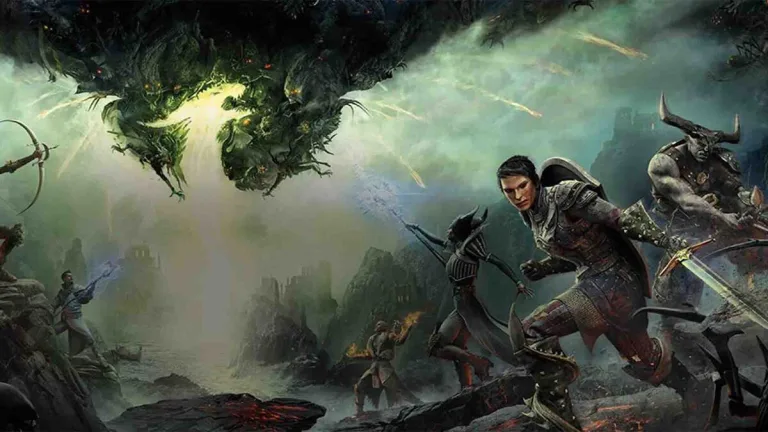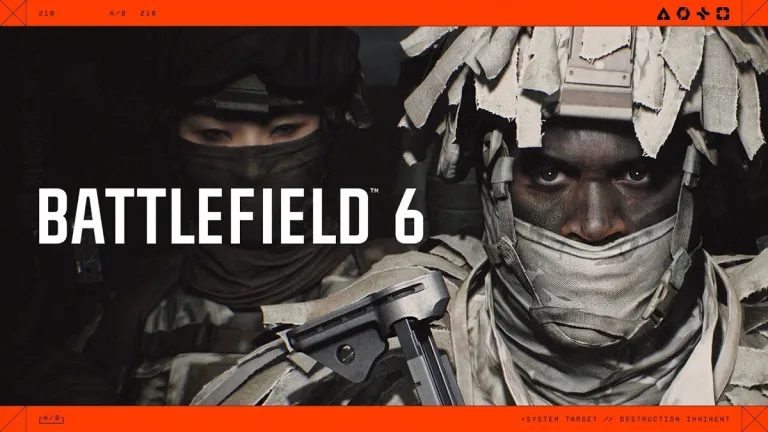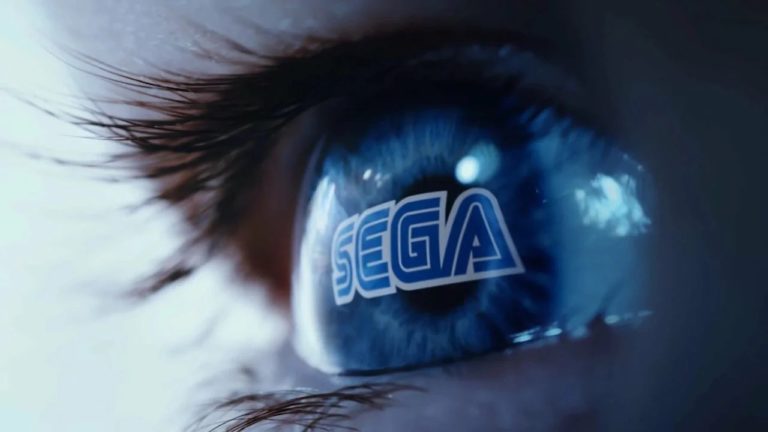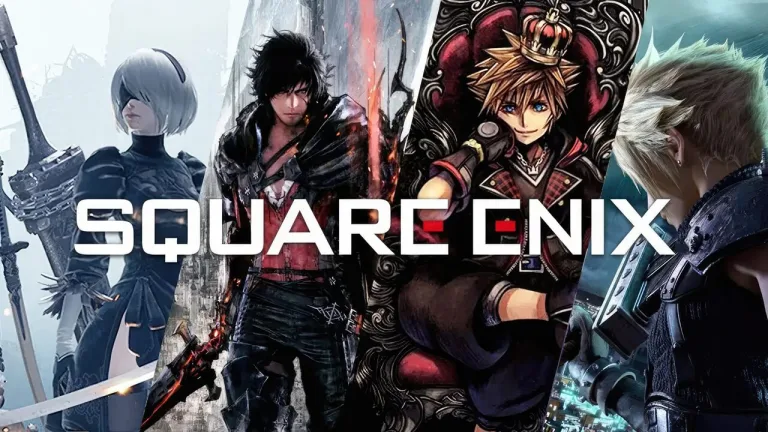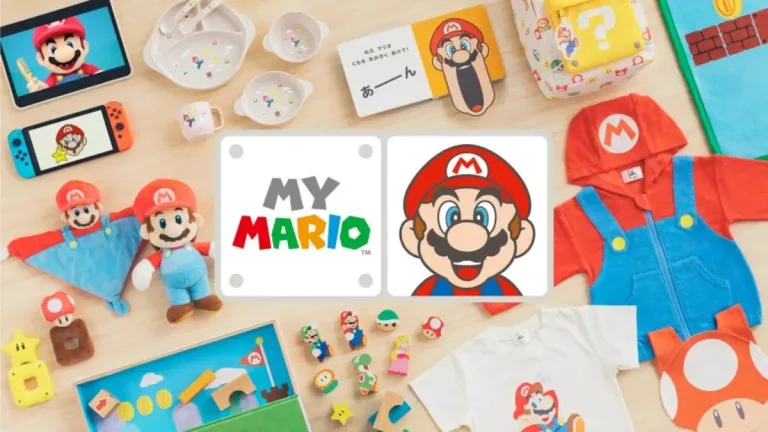God of Weapons is a top-down, auto-attacking roguelite where you ascend the Tower of Zhor, reclaiming the...
Day: August 11, 2025
The Dragon Age series has long stood as one of BioWare’s most ambitious and beloved RPG franchises....
The first weekend of the Battlefield 6 Open Beta (August 9–11, 2025) was a whirlwind of action,...
Sega Sammy Holdings has released its financial results for the first quarter of fiscal year 2026 (ending...
Square Enix has officially entered a new chapter—one shaped not by console loyalty, but by survival, reach,...
Absolutely, Jesús! Here’s a detailed and original blog post draft tailored for your editorial style and audience,...



